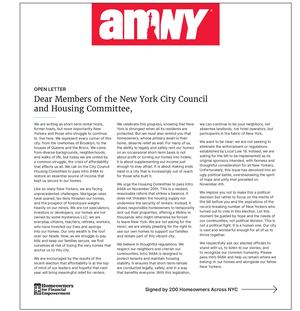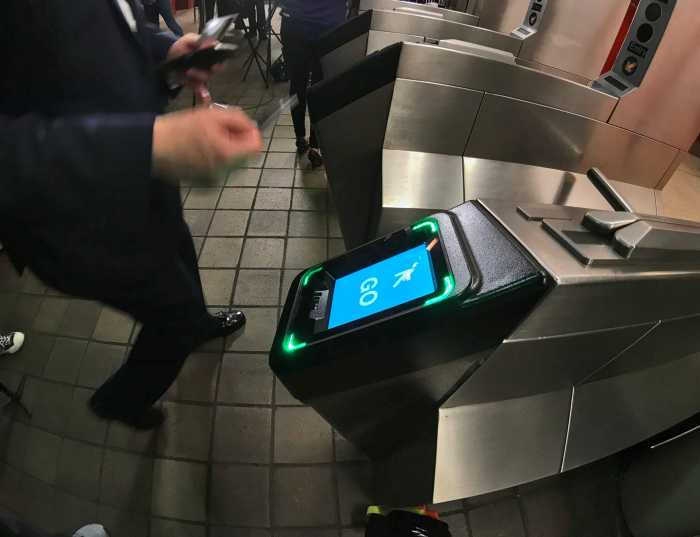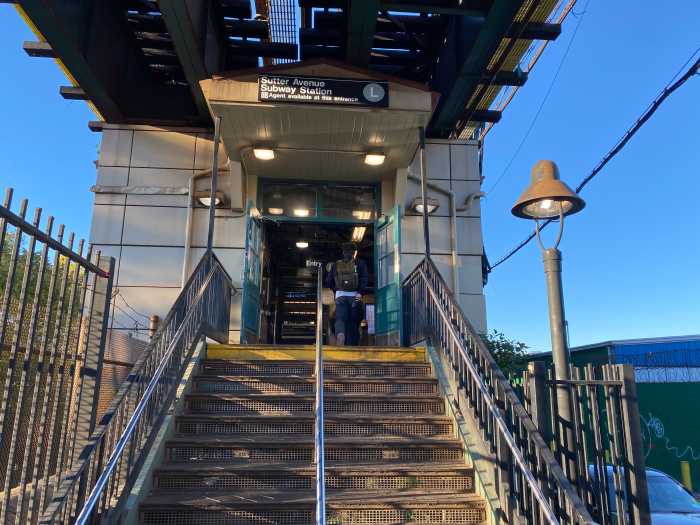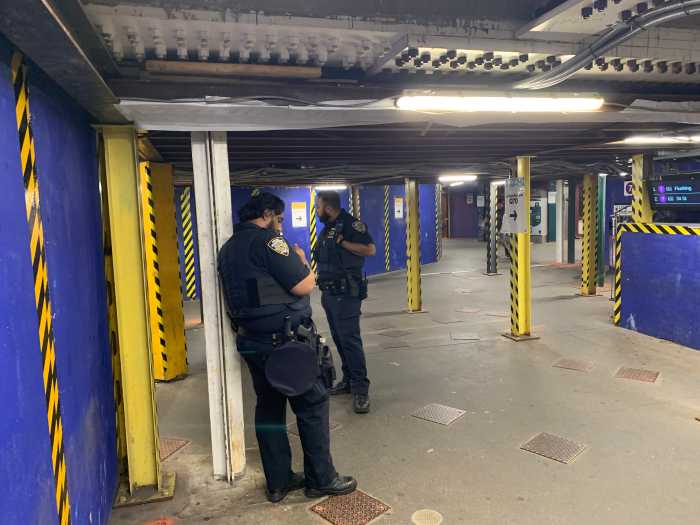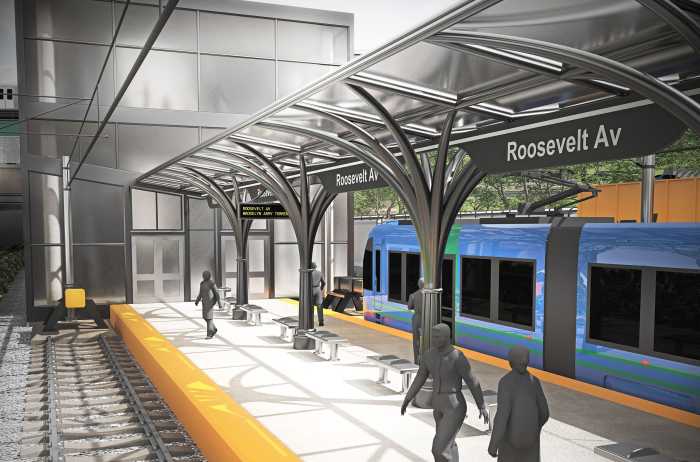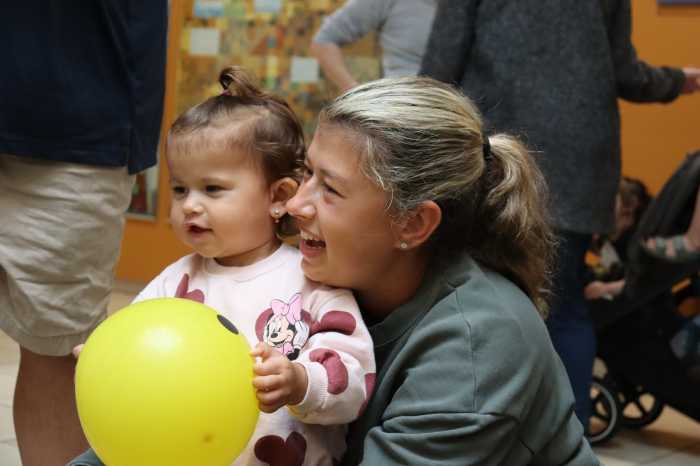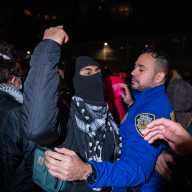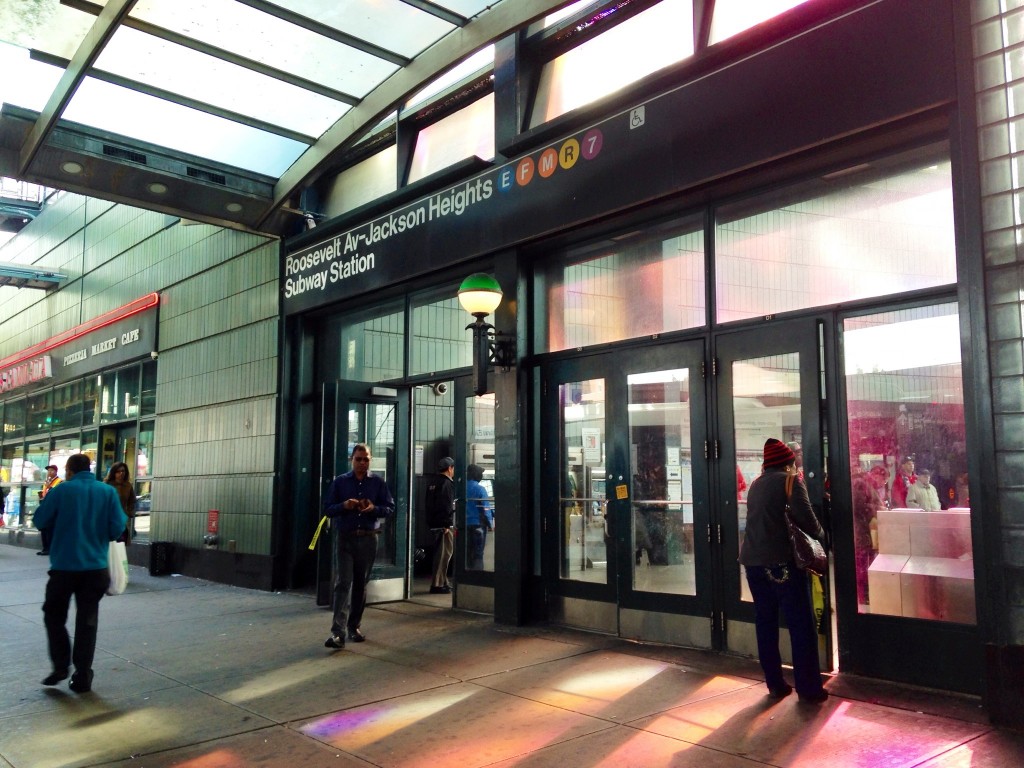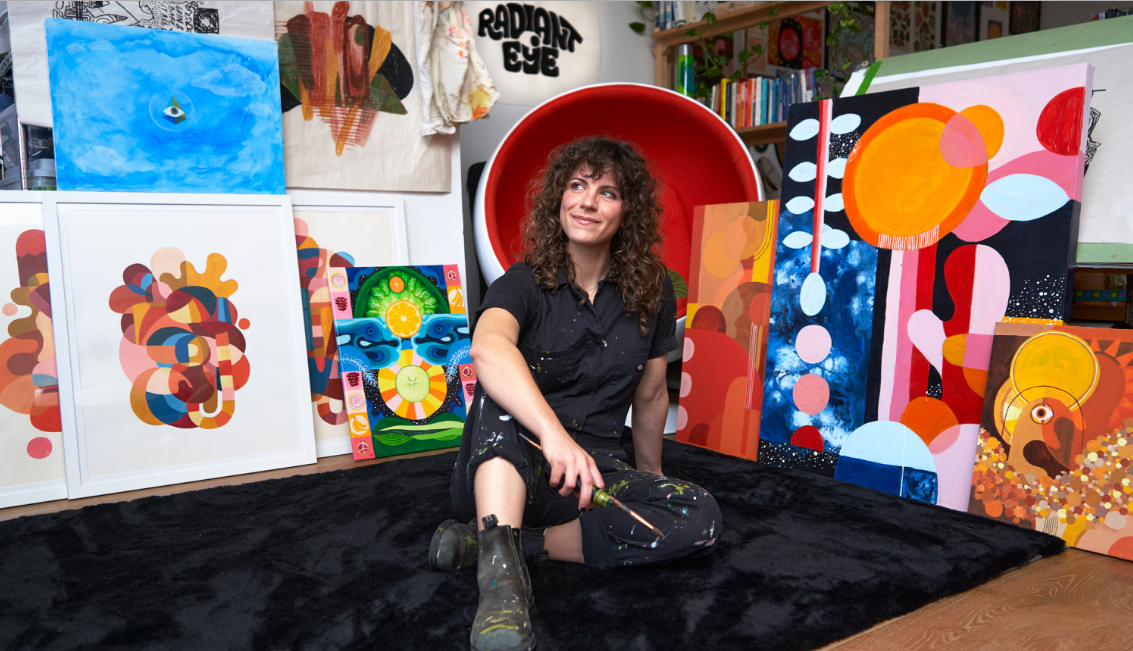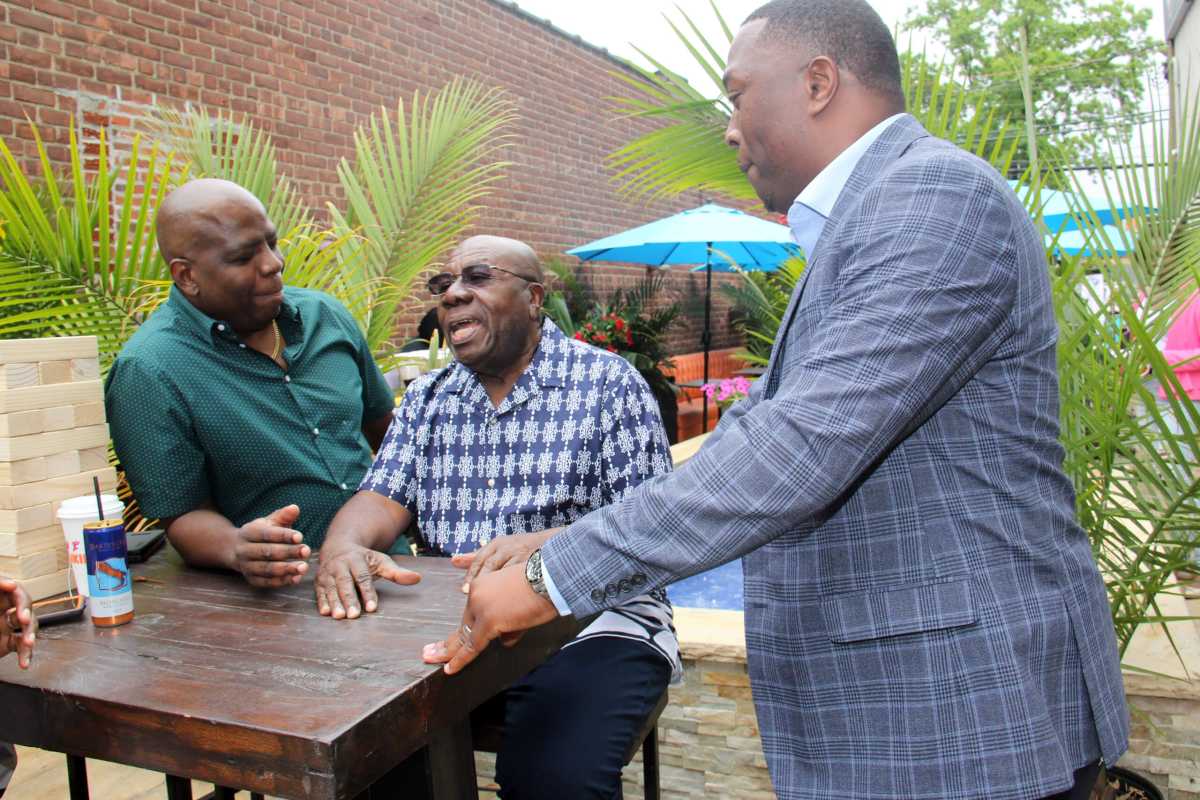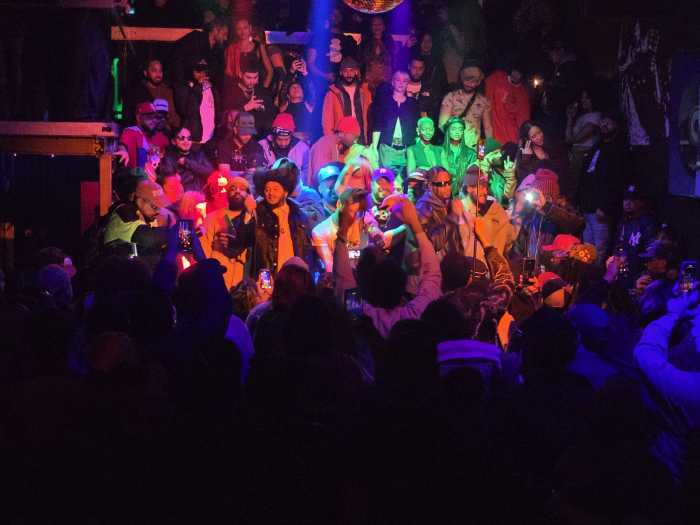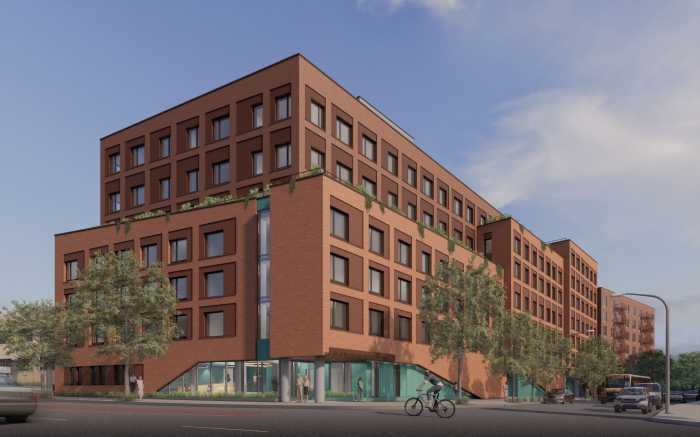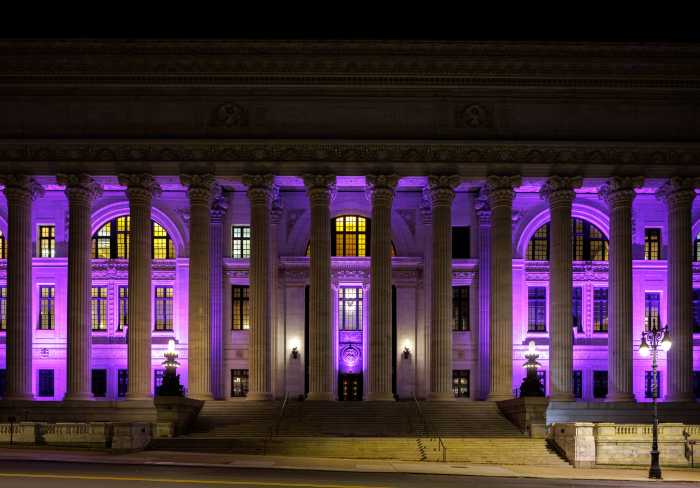
Mayor Bill de Blasio has offered a bold vision on transportation but still has blind spots on crucial challenges New York City faces, experts said.
As he seeks a second term this November with strong poll numbers in a heavily Democratic city, the mayor has achieved some success in his Vision Zero initiative to eliminate traffic deaths, and has launched a popular municipal ferry service. But he’s struggled to attack ever-growing congestion, observers say.
SAFETY
Safety experts commend the mayor for lowering traffic fatalities. “We’ve seen really good signs from his Vision Zero projects, with traffic deaths decreasing in his first three years,” said Zhan Guo, an associate professor of urban planning and transportation policy at New York University. “There’s bike lanes, the rights of way for pedestrians and speed limit reduction … and intersection re-engineering at a level and skill of involvement from city government that’s probably the most extensive that I’ve seen.”
Through Vision Zero, the city lowered its speed limit and brought in speed cameras for enforcement. The administration has exceeded its goal of completing 50 street safety projects each year, finishing 242 projects through 2016. In response, traffic fatalities have gone down year after year—even as deaths increase nationally. There’s been an approximately 12 percent drop in deaths in the first three years of Vision Zero compared with the past three years of the Bloomberg administration, from 826 deaths to 723.
“When we re-engineer streets, we make them not only safer, we make them more livable,” said DOT Commissioner Polly Trottenberg. “We make them better for cyclists. We make them more accessible for disabilities. It touches on a whole bunch of ways that we improve our streetscape.”
Paul Steely White, executive director at Transportation Alternatives, said that if there is a second term, the mayor should get much more aggressive with street redesigns.
“The mayor has given DOT enormous resources to redesign streets and make them safer and give more protected space to walker and bikers,” said White. “He’s still way too timid when it comes to spending that money. Projects languish in community boards — there’s still a high bar for political cover even though Vision Zero has such a good track record.”
BUSES
In a growing city, the quality of bus service is growing steadily worse. That’s troublesome as the authority’s aging subway system has buckled, according to Nicole Gelinas, a senior fellow at the research group Manhattan Institute.
“Bus speeds are still way too slow. The city could be doing more on the streets to take the pressure off the subway,” Gelinas said. “I don’t think they’ve done enough to show buses as a real alternative to the subways — and that’s what London has had to do as they had the same congestion and crowding issues.”
De Blasio will close out the year with 15 new Select Bus Service routes, falling five short of his goal for 20 new routes in his first term. Trottenberg said the administration put quality over quantity, arguing that new SBS service over Queens’ Woodhaven and Cross Bay boulevards and the Bronx’s Bx6 route swallowed up a considerable amount of planning time.
BIKES
The DOT has focused on building parking-protected bike lanes while expanding Citi Bike. Under de Blasio, there are 136 miles of new dedicated cycling space, according to the DOT — a 53 percent increase over the past three years of the Bloomberg administration.
As Citi Bike has grown, doubling its network from 6,000 to 12,000 bikes under de Blasio, critics say expansion to the boroughs has been too slow. The bike share is still not in Staten Island or the Bronx. Trottenberg said that’s because the city has grappled with how to embrace emerging technology known as “dockless” bike share — a model that allows riders to park their bikes anywhere.
“What we want to do here in New York is maintain the good, successful and safe system that we have enjoyed with Citi Bike, but be open to innovation and going dockless for future expansions,” Trottenberg said. “Even probably two or three years ago, no one was thinking much about dockless, and now I think any city moving forward with bike share will go dockless. I think it’s now become basically the industry standard in a matter of a couple of years.”
SUBWAY
While the state ultimately has control over the subway system, de Blasio has faced pressure from Gov. Andrew Cuomo and MTA chairman Joseph Lhota to kick in new funding to address its soaring delays. The two have asked de Blasio to fund half of Lhota’s $836 million subway action plan, though the mayor has routinely declined.
His Republican opponent in November’s mayoral election, Nicole Malliotakis, said she would hand over the funding and work with the governor to find a new revenue stream to focus on in order to replace the subways’ ancient signal system with a modern alternative. Though Gelinas said it’s understandable for the mayor to hold reservations.
“Should the city put up money so that it could do some of the spinal work faster, that might make the biggest difference to most of his constituents,” Gelinas said. “But with the MTA being what it is right now, it’s understandable that he doesn’t want to spend his second term trying to babysit the MTA.”
The mayor instead proposed a millionaire’s tax to create a new revenue stream for the MTA and cover the costs of instituting half-fare MetroCards to low-income New Yorkers.
“Should he just really ignore this as a distraction or should he say he’ll put some money in exchange for say over the priorities? It’s hard to say,” Gelinas continued. “The MTA hasn’t demonstrated in the past few months that it can be very responsible.”
TRAFFIC
De Blasio has been criticized for being indifferent to combating traffic. He’s called congestion pricing — supported by many transportation advocates and by Cuomo — a “regressive tax,” but he hasn’t released a formal report on his own “congestion plan,” which he announced during his State of the City address this year.
The city has added 370,000 residents and 520,000 jobs between 2010 and 2015, while average traffic speeds south of 60th Street in Manhattan decreased about 12 percent, from 9.35 miles per hour to 8.21 miles per hour, according to the city’s Mobility Report. That shift has left the door open for his political rivals to challenge one of de Blasio’s signature initiatives.
“A lot of focus has been on Vision Zero, but not on relieving our roadways or providing alternatives,” said Malliotakis, who criticized the city for spending $1.6 billion on the safety initiative while overlooking new transit options like expanding NYC Ferry service into the farther reaches of the outer boroughs.
“I think it’s a tremendous amount of money that has been spent and it hasn’t achieved great results,” said Malliotakis, adding that she would rework Vision Zero. “I agree with making problematic intersections and crosswalks safer. I agree with the education components of it. But I think that overall he’s impeded and created a lot of congestion in the outer boroughs. That goes back to what works in Manhattan doesn’t necessarily work in Brooklyn or Staten Island or Queens either.”
The growth of ride-hail services like Uber has also taxed city streets, experts said. De Blasio tried and failed to institute a cap on Uber vehicles. Now the company boasts roughly 50,000 licensed vehicles on city streets.
“All of this adds to midtown congestion and downtown congestion,” Gelinas said. “The mayor proposed the Uber cap, which is kind of a crude tool, and dropped it very quickly when he got pushback from Uber. Then he never really proposed something instead and that goes to a general poor management of the streets.”
